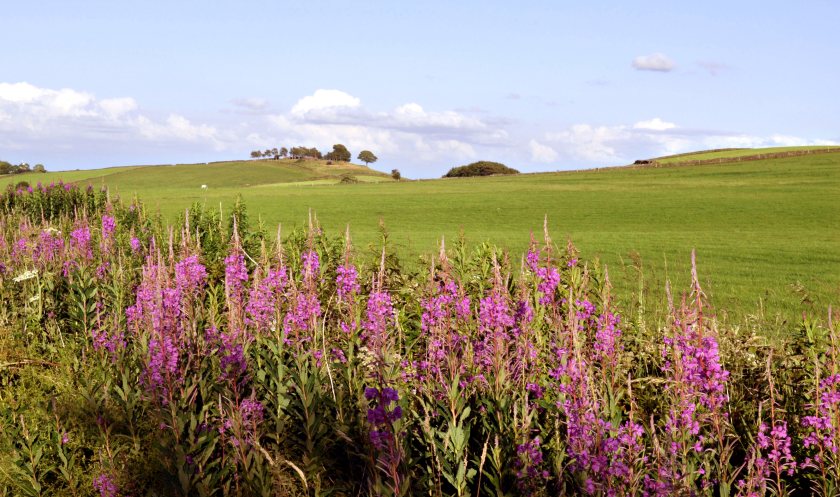
Scottish farmers risk losing thousands in vital subsidy payments unless they act now to comply with sweeping new land management rules coming into force in 2026, experts have warned.
FBRSeed, a land management advisory firm, is urging farms to review their land use plans following the publication of revised 'greening' guidance by the Scottish government this week.
The changes mean that farmers who grow at least 15 hectares of crops or rotational grassland will need to dedicate a minimum of 5% of their arable land to Ecological Focus Areas (EFAs) — practices designed to support biodiversity and improve soil health.
The firm warns that both long-standing EFA participants and those newly brought into the scheme risk falling foul of the updated rules if they do not adapt their land management in time.
“We know that EFAs have been around for a decade, and in that time have been largely unchanged, but farmers need to be aware of the changes coming into force in 2026,” said Jenni Douglas, director at FBRSeed.
“This matters to two main groups of farmers. First, those already doing EFAs who may not realise that the rules have changed, and their current practices might no longer count.
"Second, farmers who’ve never had to worry about EFAs before, like many in the dairy sector or those with more grassland, but who are now being brought into the scheme for the first time.
"Previous management of EFAs may no longer count as the rules for existing options are being amended in an attempt to provide a larger benefit to biodiversity and soil health across the country.”
Introduced in 2015, EFAs ensure a portion of public agricultural subsidies is used to support environmental benefits, such as improved soil quality and greater biodiversity.
Compliance currently accounts for around one-third of a farmer’s total subsidy payment, which acts as a top-up to the Basic Payment Scheme (BPS) and equates to an additional £75 per hectare.
The revised guidance introduces four new EFA options — including herb and legume rich grassland and low-input grassland — broadening the range of options available to farmers.
However, the firm cautions that existing options have also undergone a significant overhaul.
Changes include new requirements for fallow ground cover, increased minimum field margin widths, and a sharply reduced window for hedgerow cutting.
“Farmers are being given advance notice of these changes for 2026 to give them the chance to plan ahead – a rarity in Reform guidance to date,” said Ms Douglas.
“We are therefore advising claimants to take advantage of this additional time to act prior to planning their autumn cropping to avoid panic or non-compliance issues next spring, at the worst possible time.”
All Scottish claimants will receive letters from the government this week outlining the changes.
However, FBRSeed warns that the guidance is often dense and technical, and in some cases contradictory.
Richard Armitage, director at the company, said many farmers risk making costly mistakes if they leave planning until the last minute.
“Farmers need to start mapping, planning and choosing compliant habitats soon. Leaving it too late could mean having to tear up growing crops in spring or, worse, not qualifying for their Greening payment altogether.
“With so much critical funding at stake, we see it as our responsibility to make sure farmers don’t leave planning too late."
